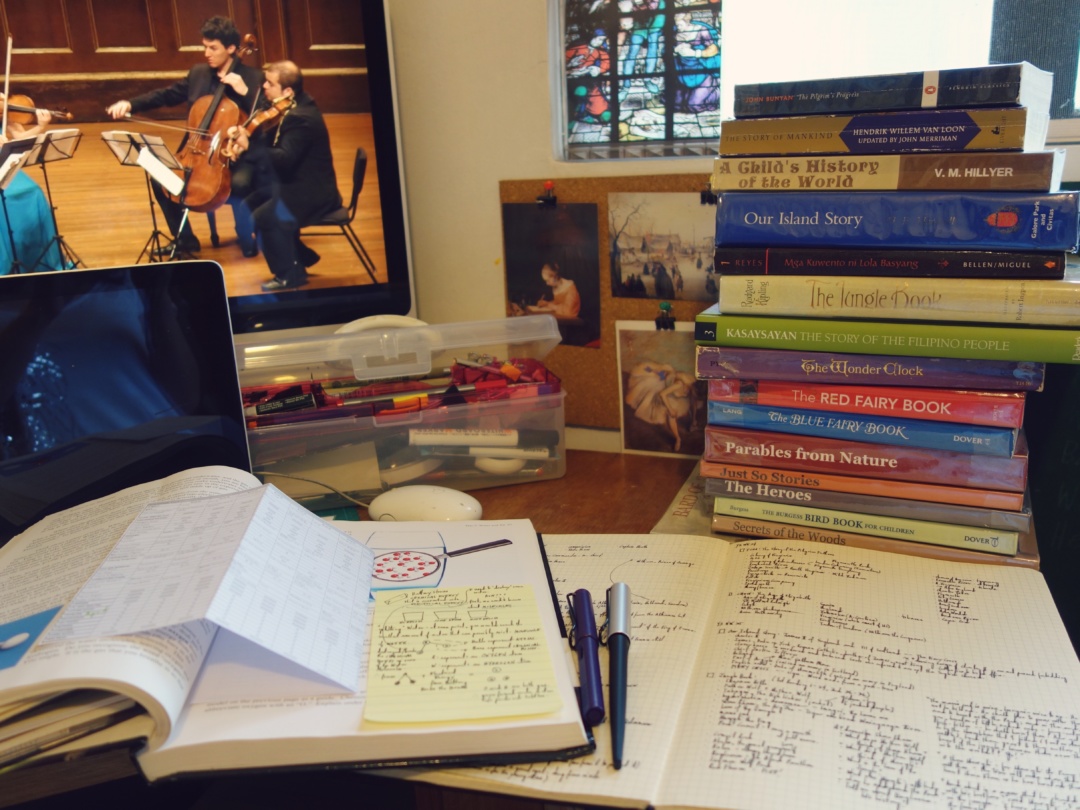The word “Advent” is derived from the Latin word adventus, meaning “coming”. It is a season of expectant waiting and preparation for the coming of Christ, The Messiah, in the flesh.
We have prepared for Advent several ways in the past years but I have felt and seen that sticking with what is simple is best for our home. It’s always good not to be distracted by the little things and in doing less, we all get to focus more.
I light the candle and open the Word based on the scriptures set on Handel’s Messiah. I read it aloud, they narrate, we discuss, and we all end by writing or drawing in our bible journals as we quietly listen to the same scripture in Handel’s Masterpiece. Cindy Rollin’s book, Hallelujah: A Journey through Advent with Handel’s Messiah is a great guide for this.
We try to understand and discuss why it starts off with “Comfort Ye My People”, and why “Every valley will be lifted up, and every mountain and hill be made low”. We get to know Him more through the Word and that is the primary thing I want accomplished: knowing more intimately.
At the tail end of the advent season, I add Picture Study focusing on The Nativity and The Adoration. I choose paintings from different artists that we are already familiar with.
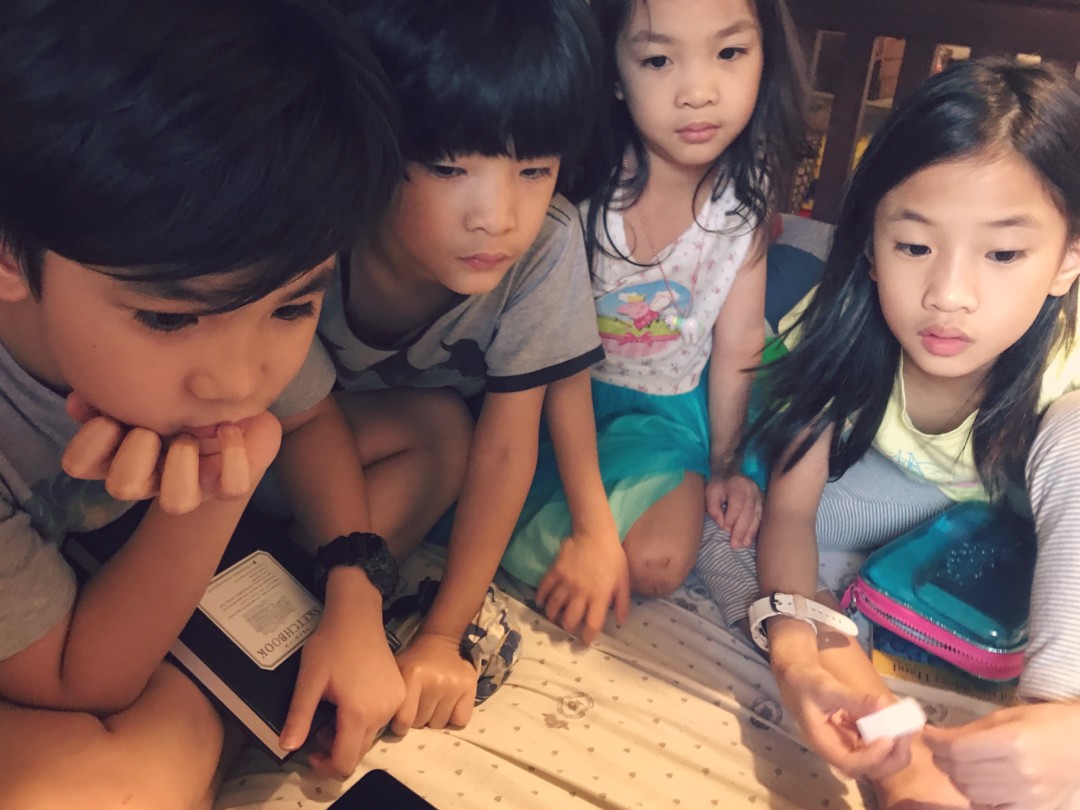 (The look on their faces as they observe quietly)
(The look on their faces as they observe quietly)
We observe quietly for around 3 minutes.
We look at details.
Colors. Expressions. Things to be seen.
We look at ideas.
What the artist is saying. What the picture is saying.
We then remove the picture.
We narrate back what we saw.
We narrate back the ideas.
A rich discussion in less than 10 minutes.
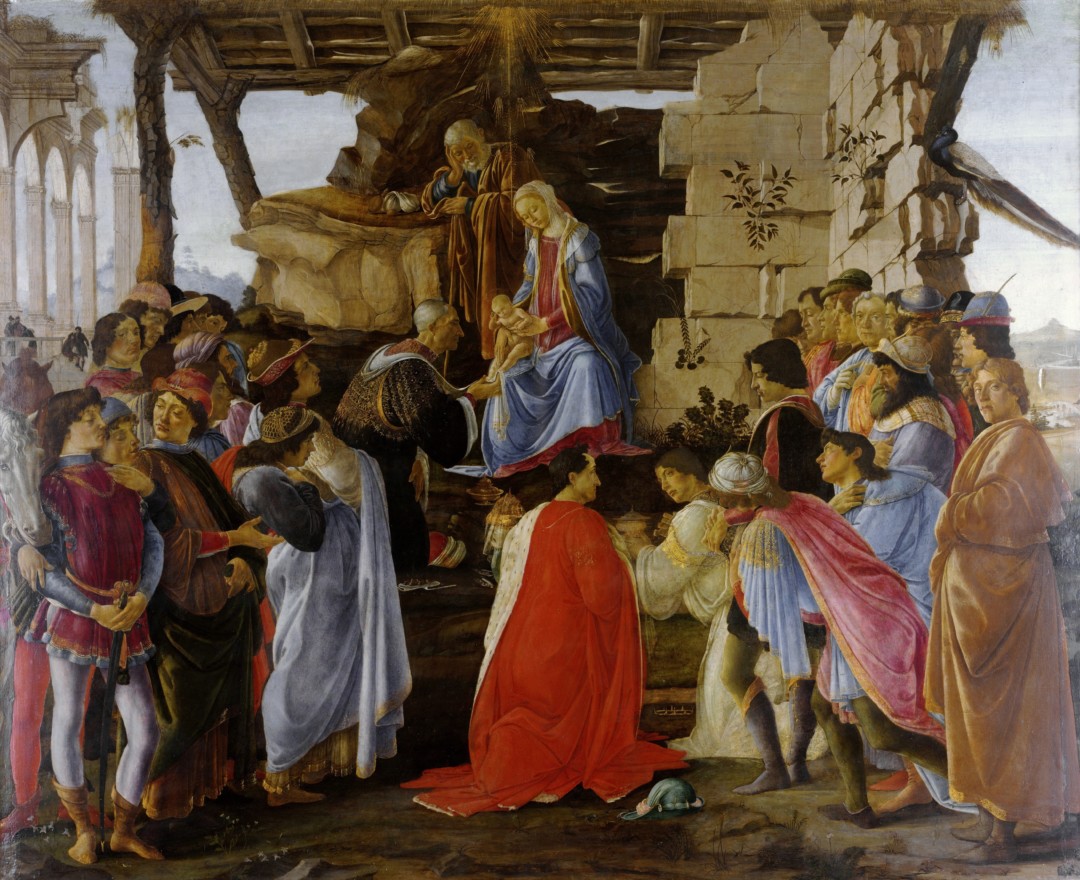 Adoration of the Magi
Adoration of the Magi
Sanrdo Boticelli, 1475
This was the first we observed for this Christmas Season. And these are some of what the 4, 6, 8, and 11 year old narrated based on their careful observations.
“It looks like a manger but there is also cement.”
“The stable is open.”
“All the men look important.”
“There is something on the left side. It looks like Greek columns but they are not circular.”
“There is a bird!”
“Could the scene in the background mean something?”
“The star is pointing towards the baby.”
“Most of the people were not in awe.”
“The faces of the magi are different. They look sincere.”
“The three kneeled before the baby.”
“The rest did not.”
“The hat and crown are on the floor. Those probably belong to the three kneeling. They took it off to show respect.”
“The man’s posture on the left showed haughtiness.”
“Most men will not bow down.”
All these and more from their observations without prompting them with questions. All done in 10 minutes.
“… It is well to let the pictures tell their own tale. The children should study a subject quietly for a few minutes; and then, the picture being removed, say what they have seen in it. It will be found that they miss no little reverent or suggestive detail which the artist has thought well to include.” – Charlotte Mason
Here are some other paintings I chose this year. Feel free to use. Observe for a few minutes, take away picture, narrate back, and discuss with your children.
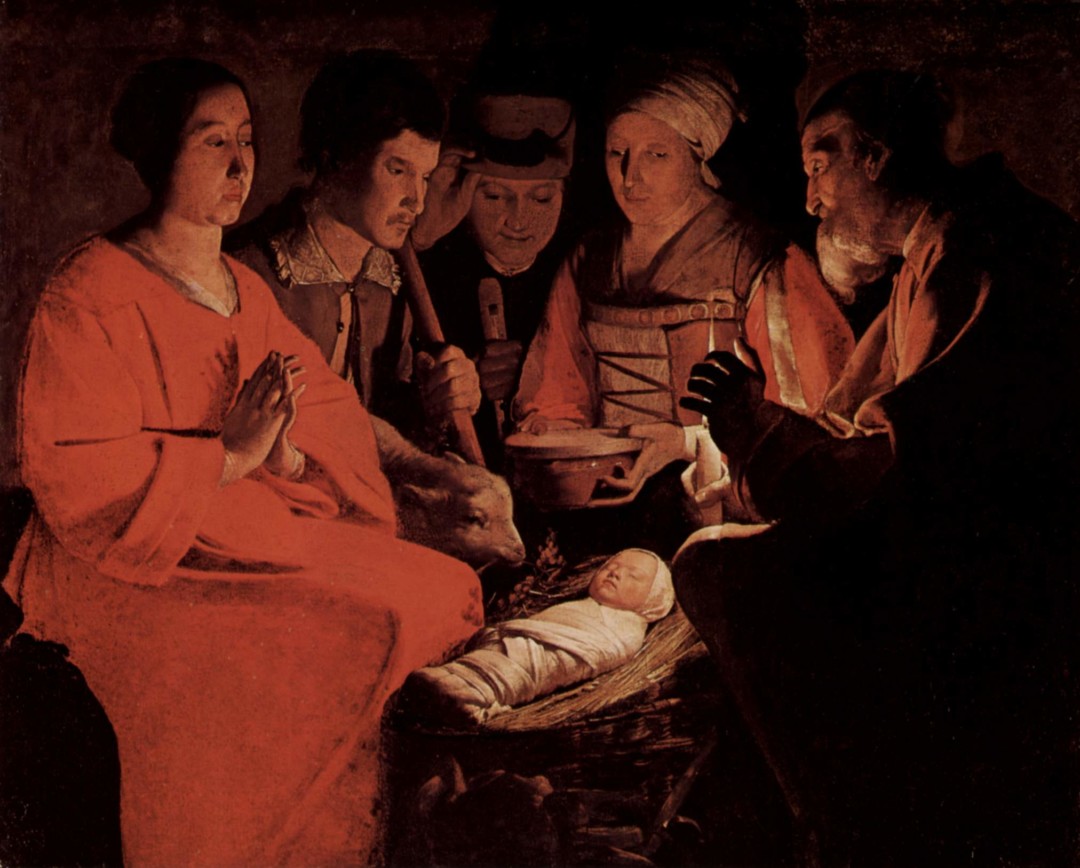
Nativity
Georges de La Tour, 1644
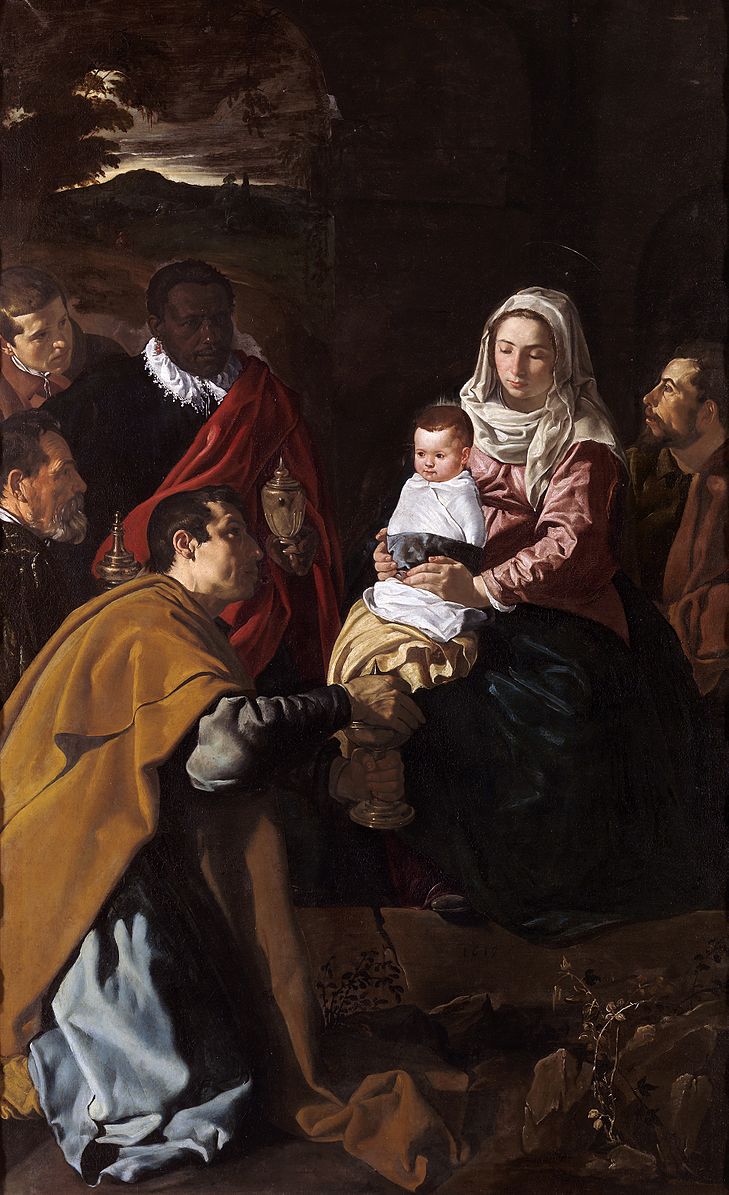
The Adoration of the Magi
Diego Velasquez, 1619
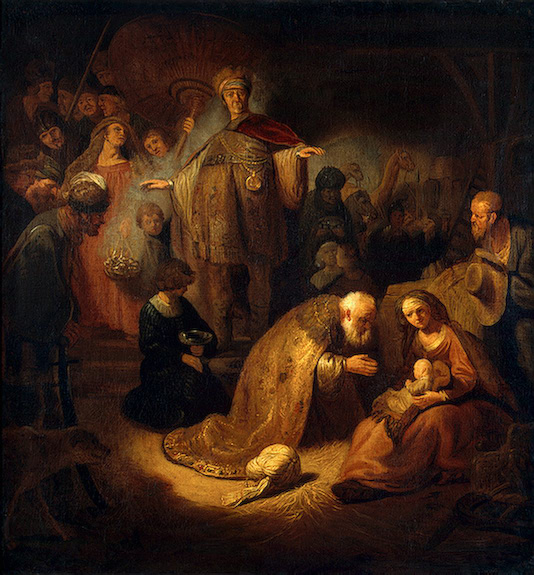
The Adoration of the Magi
Rembrandt, 1634
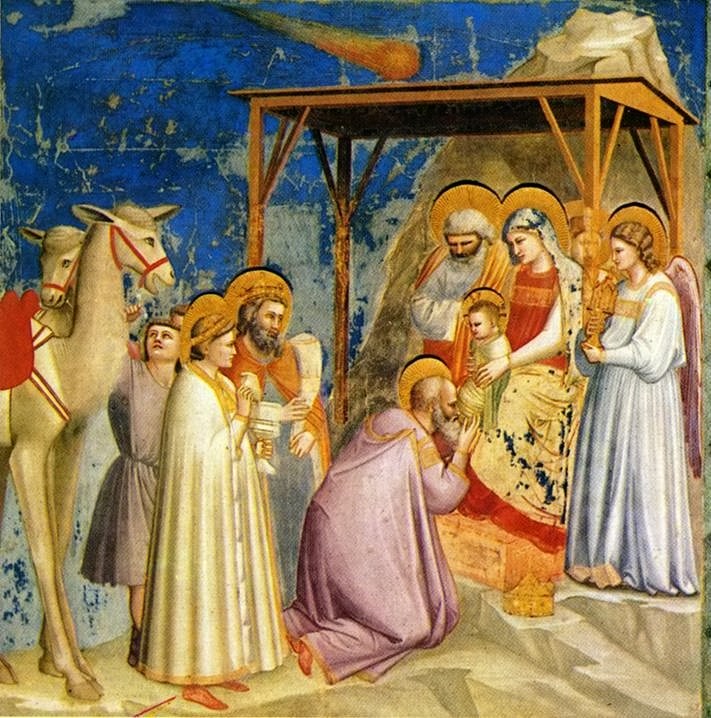
Adoration of the Magi
Giotto di Bondone, 1306
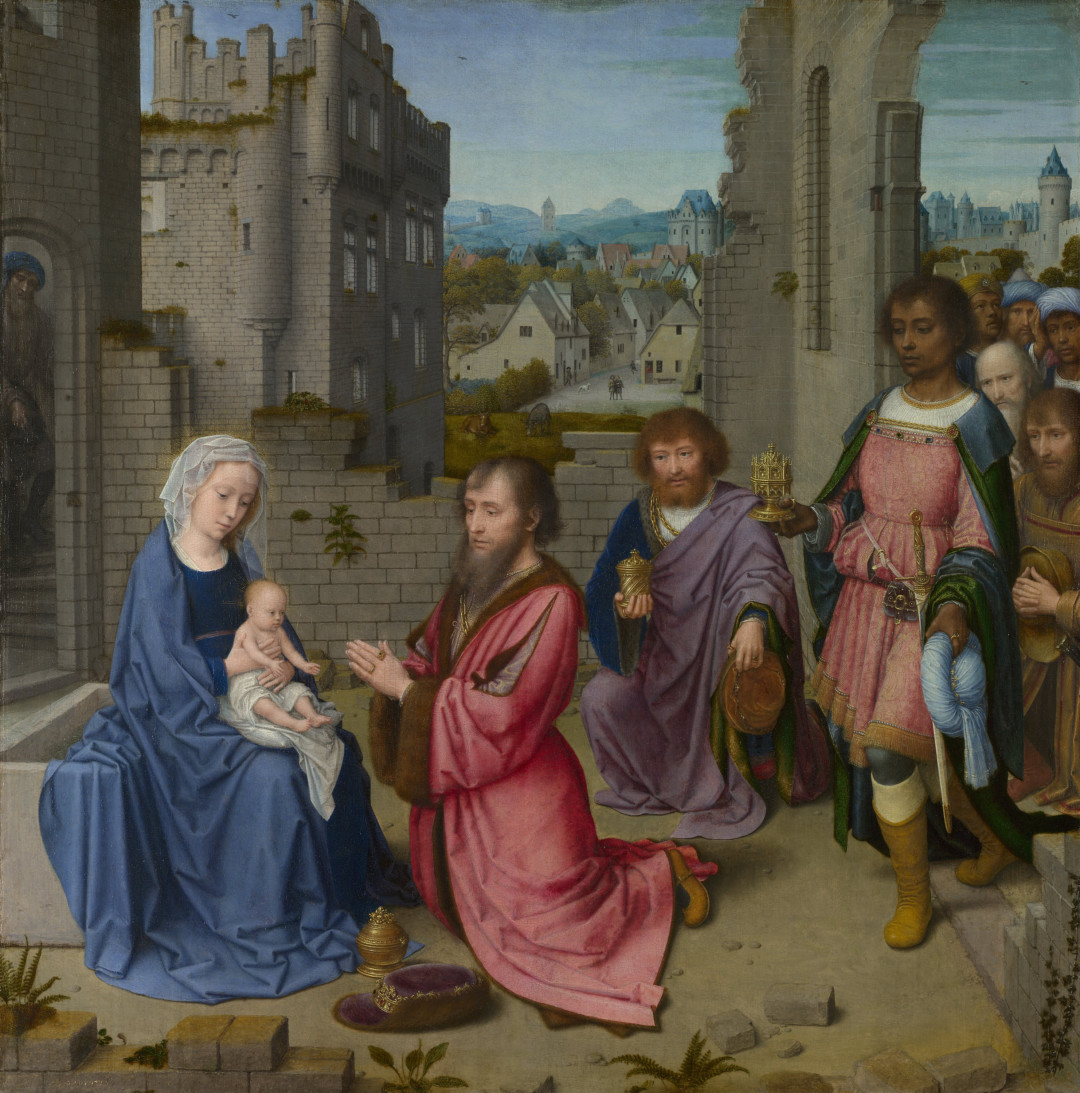
Adoration of the Kings
Gerard David, 1515
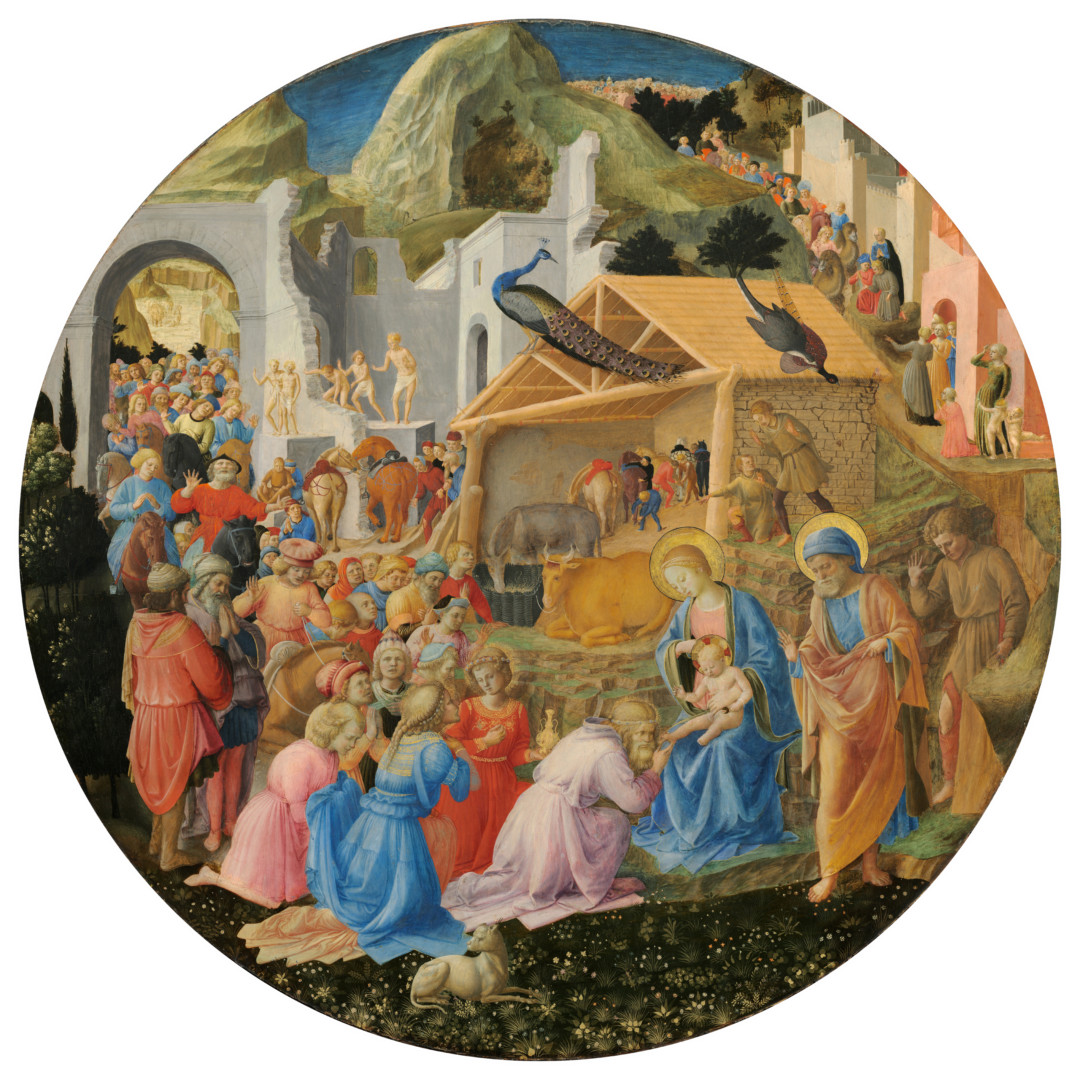
Adoration of the Magi
Fra Angelico, 1460
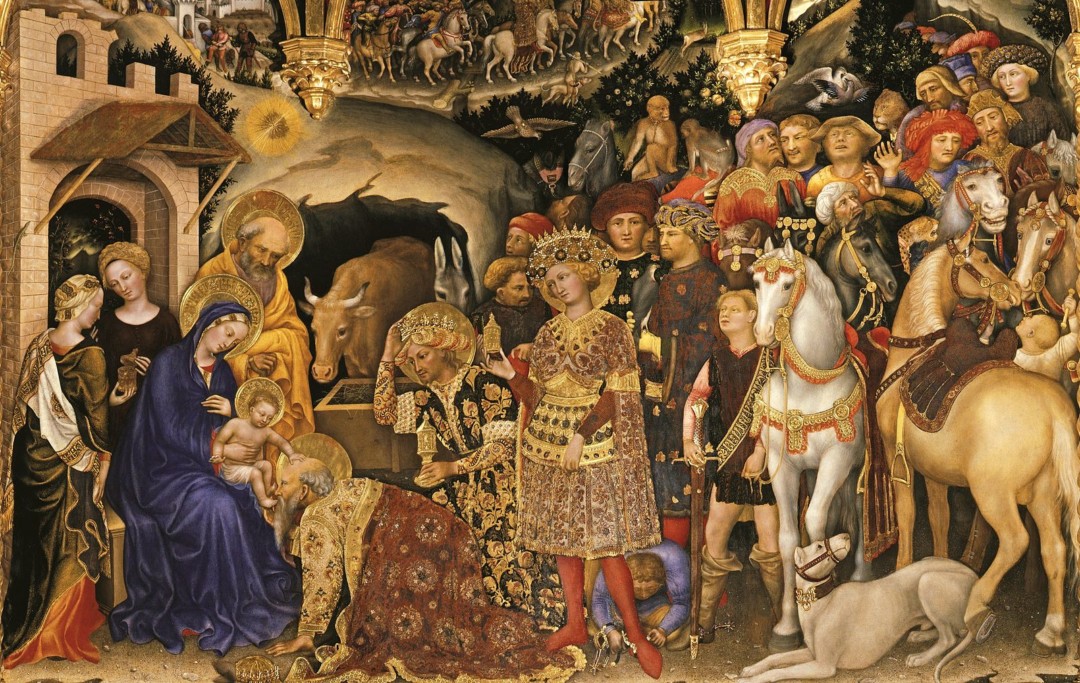
Adoration of the Magi
Gentile de Fabriano, 1423

